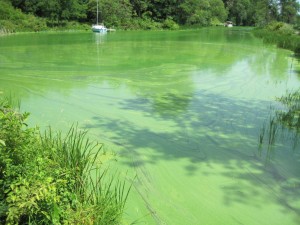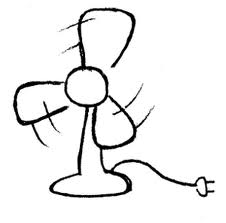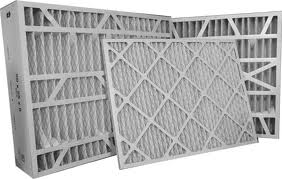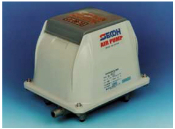Tertiary Septic Systems
What is a Tertiary Septic System? It is a Septic System that complies with the Effluent Quality Criteria as regulated by the Ontario Building Code (OBC) table 8.6.2.2.A This waste has been dramatically reduced in strength from a normal residential strength waste count of 120-150mg/l BOD5 to a mere 15 mg/l.
Waste exiting a Tertiary System is reduced to about 1/10 the strength of what regular residential strength waste is! Because of this, Leaching Bed sizing is reduced to ½ of what a conventional system would require, and in some instances it is ¼ the size of a conventional bed!
This is excellent news for those who are short on room or truly care about their waste water polluting the groundwater and wells of themselves and their neighbours. The Ecoflo and FAST reduce the introduction of nitrates into the groundwater and surrounding lake by 1/3 automatically and the BIONEST reduces the nitrates by 2/3 .
Due to chemical action in Peatmoss, the Ecoflo has a phosphate-retention capability of over 90%. Nitrate pollution causes blue-green algae as shown below.
Which Tertiary Septic System is Best?
 The OBC has approved over a Dozen different companies to produce Tertiary Treatment Systems! So which one is best?
The OBC has approved over a Dozen different companies to produce Tertiary Treatment Systems! So which one is best?
One would have to consider Performance, Price, Maintenance and Wear, Power Demands, Sizing Benefits and Product Support. Obviously, a system that mimicked the simple Conventional Septic System, with zero maintenance and zero power requirements would be the best.
Since the OBC requires that every Tertiary Septic System employ a maintenance agreement, one would have to find out which system has the least intensive maintenance requirements.
ATU or Biofilter?
Aerobic Treatment Units (ATUs) are Tertiary Treatment Systems that introduce oxygen with a pump or blower. They must ALWAYS run. The power draw and noise is constant so placement of the blower(s) must be made carefully. Some have tiny recirculation pumps that frequently break down or clog.
Most residential ATUs will use $350.00 per year in electricity and the blower must be replaced every 5 years or so at a cost of $400.00 for the blower plus the technician’s time at about $400.00 as well. The benefit is that there is NO FILTER TO REPLACE EVER.
Also, due to the unique design of the BIONEST, with a normal installation you can achieve 2/3rds Nitrogen reduction and if necessary reduced Nitrogen down to 6mg/l or even less!
See: http://www.bionest-tech.com/ON-en/product/169-181/bionest-system.html
Here is a typical CS103FL blower used in a common ATU.
The agreement that the Technology Company has made with the Province comes through a committee called the Building Materials Evaluation Commission (BMEC). The BMEC agreement will stipulate how often a unit must be serviced and reality may dictate more frequent visits than an annual or semi-annual visit. An annual maintenance visit may cost as little as $150.00 to as much as $500.00 for more complex units.
Biofilter
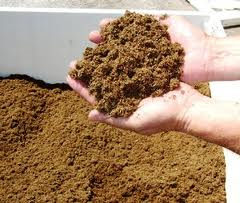 Currently there are three Biofilters approved in Ontario with others applying for approval. BioFilters have an advantage over ATUs in that they slow the waste down, forcing the waste to wait until it is treated before releasing it into the disposal bed.
Currently there are three Biofilters approved in Ontario with others applying for approval. BioFilters have an advantage over ATUs in that they slow the waste down, forcing the waste to wait until it is treated before releasing it into the disposal bed.
Some use natural filters as media and one technology uses foam blocks.The difference between these is complexity and size advantages.
The Ecoflo Peatmoss based unit requires no electricity to operate, making it a favorite of Cottagers, and its ultra-high performance numbers have given it a sizing advantage over other systems.
Some use natural filters as media and one technology uses foam blocks. The difference between these is complexity and size advantages.
The Ecoflo Peatmoss based unit requires no electricity to operate, making it a favourite of Cottagers, and its ultra-high performance numbers have given it a sizing advantage over other systems.
Unfortunately after 8 to as many as 12 years of use the filter needs to be replaced which can cost more than $1,800. Over an average of 10 years, that is $180 per year.

